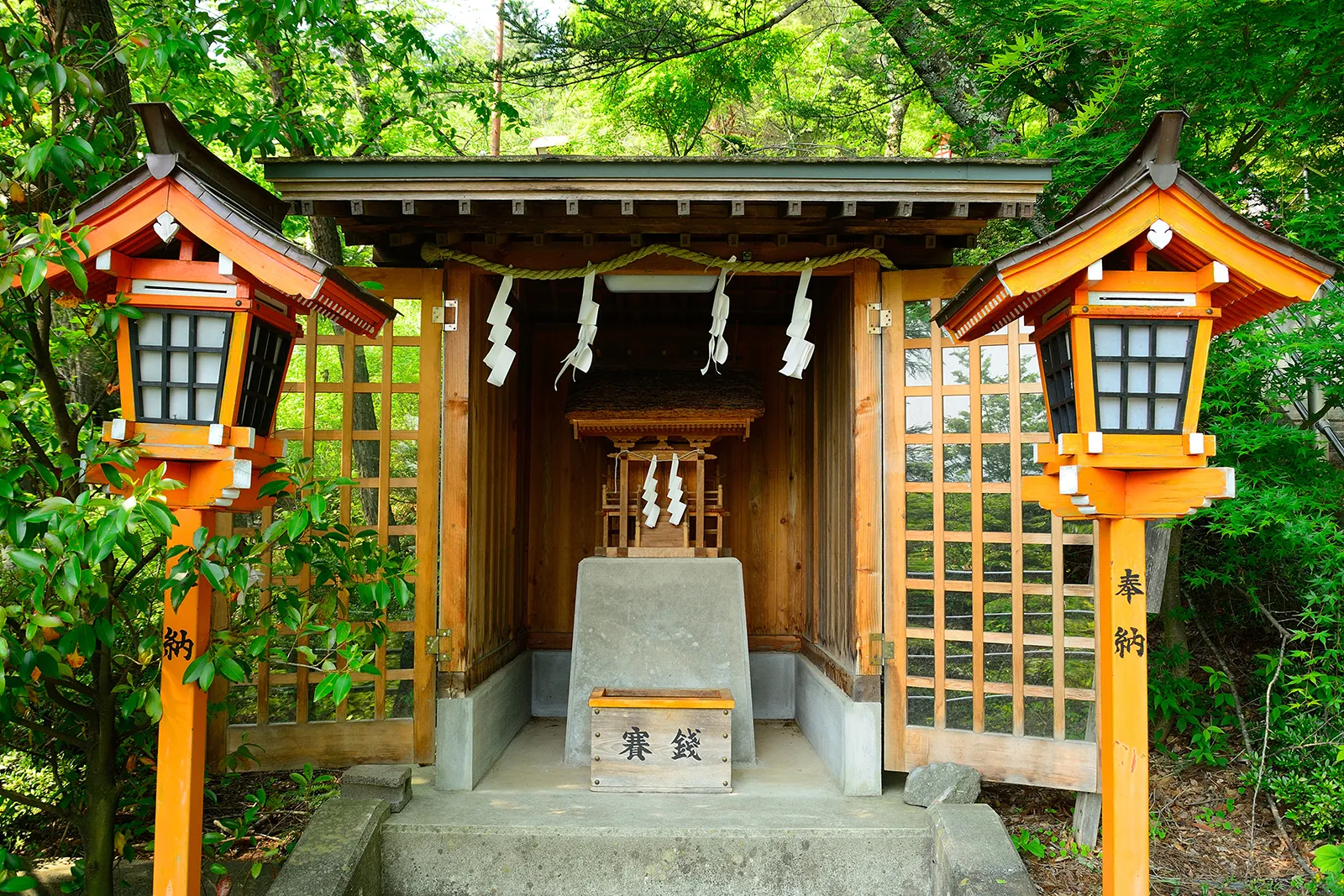
-
604 Views 8 Comments 5 Likes

The concept of “kami” amongst the Japanese can vary depending on the context in which it is being used.
In Japanese, the word that is associated with "god" is written 神
It is pronounced "shin" or "jin", it comes from the Chinese "shen" and refers in traditional Chinese religion to the spirits of nature.
Shintoism, Japanese Shinto, 神道, can be translated as "the way of the spirits".
In its Japanese version, the kanji 神 reads kami and it applies to the multiple deities and supernatural beings who inhabit the Shintoist pantheon.
Mention of kami is found in the very first two books written in the Japanese language, the Kojiki "Chronicle of Ancient Facts", which is a collection of myths dating from 712, and the Nihon-shoki "Annals of Japan" from 720.
The great Kojiki commentator, Mootori Norinaga (1730 - 1801), said:
"Any being who possesses certain outstanding qualities out of the ordinary, or who is impressive in nature, is called a kami".
I find this fits nicely within the Satanic space in that it is, essentially, just a different way to say that I am god.
Some may raise an eyebrow at the use of a lowercase “g” as opposed to an uppercase “G” when saying I am god. This is a personal choice to respect that others have chosen to be “God” in their life, thus there is, indeed, a pantheon of gods that exists. So, in MY personal life, I am God. In the bigger picture to show respect to those who have earned it, I am “a god”. So, I use the two concepts depending on the context I am speaking or writing.
Shinto shrines are usually called jinja and are places of worship for the Japanese and a residence to rest for the divine spirits.
In that I consider myself a “divine” spirit, I see my sacred space as not only a shrine to myself but also an altar to “worship” myself.
You may hear reference to Shinto and Shinto Buddhism. A quick aside to offer some additional clarification:
One can consider themselves one or the other or both. I felt Wikipedia offered a good comparison.
“Shinto is often cited alongside Buddhism as one of Japan's two main religions, and the two often differ in focus, with Buddhism emphasising the idea of transcending the cosmos, which it regards as being replete with suffering, while Shinto focuses on adapting to life's pragmatic requirements.” ~Wikipedia
The two religions can co-exist and even complement each other but do not have to be practiced together.
There are some who argue that Shinto is not considered a “proper” religion in that the focus is on ritual rather than belief and is more of a cultural way of life. I’ll let you decide if you agree or disagree with that. It is neither here nor there for me in how I incorporate it into my own magical practice.
Those who have known me over the years know that one of my own stumbling blocks when “finding Satanism” back in the 1990s in high school was that I felt no resonance with the traditional aesthetic offered. While I find the altars and chambers and aesthetic shared by others very striking, stunning, beautiful, moving, powerful, and what one would consider traditional to Satanism….
I felt absolutely no true stirring inside when attempting to use that aesthetic myself in ritual workings.
Zip. Zero. Nada. Nothing. Meh.
Because I grew up in a fairly agnostic home and the first time I was really introduced to formal ritual practice was via my Sifu, I naturally feel a deep resonance with that aesthetic. I recognize it is VERY different from the “Black, Red, Silver, Xian Rebellion” aesthetic. It’s just that I never felt enough of a presence in my life of xianity TO rebel against.
In future blog posts, I’ll share more about my own background and upbringing to include the elements that form the foundation of my own particular approach to my magic workings. I'll also share my shrine / altar and magical tools as well as how I use them.
REFERENCE
"[…] any being whatsoever which possesses some eminent quality out of the ordinary, and is awe-inspiring, is called kami." ~ Robert S. Gall, "Kami and Daimōn: A Cross-Cultural Reflection on What Is Divine", Philosophy East and West, Vol. 49, No. 1 (Jan. 1999), p. 63, University of Hawai'i Press
